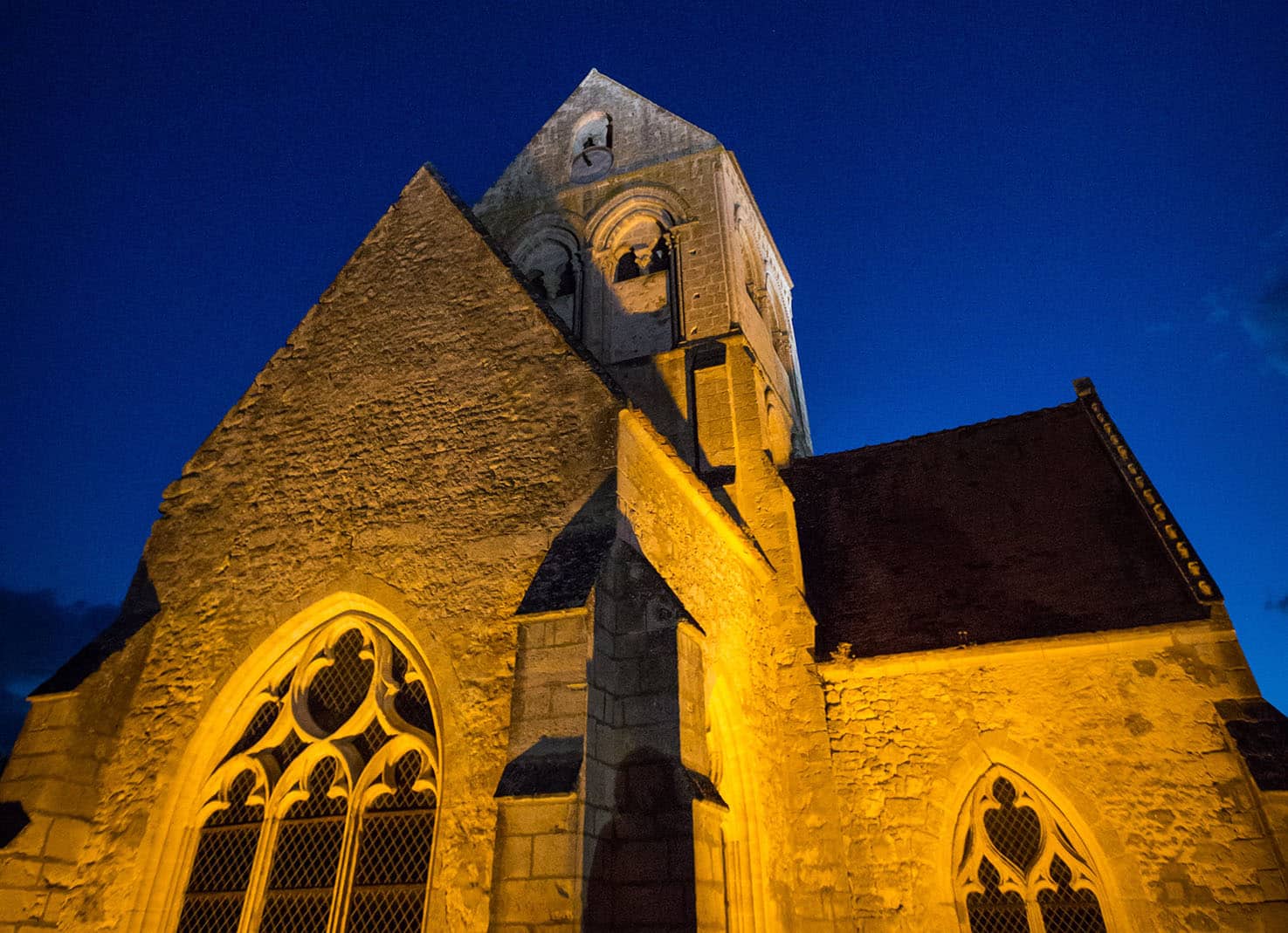PARIS (OSV News) — The decision whether to keep the mosaics of Father Marko Rupnik on the facade of Basilica of Our Lady of the Rosary in France’s most visited sanctuary in Lourdes is to be “announced soon,” a communications officer at the sanctuary told OSV News.
A commission established in 2023 by Bishop Jean-Marc Micas of Tarbes and Lourdes is to decide whether Father Rupnik’s mosaics at the basilica in Lourdes, installed in 2008, should be removed.
“The decision will be announced soon,” David Torchala, director of communications at the Notre Dame of Lourdes shrine, told OSV News June 24. “We had talked about spring. It’s taken a little while, but the decision will be announced soon.”
“I can only say that it’s a terrible dossier,” Torchala said.
Commission review and upcoming decision
The Lourdes mosaics by Father Rupnik, who was accused by between 20 and 40 women of spiritual and sexual abuse — with accusations made public only in 2022 — were commissioned in 2008, to mark the 150th anniversary of the apparitions of Our Lady.
At the time, Father Rupnik was a “great artist,” Torchala said, and his mosaics were intended to add to the Basilica of the Rosary, “which is like a giant rosary.” The addition was portraying the luminous mysteries that St. John Paul II instituted in 2002, the Lourdes sanctuary spokesman said.
“It’s terrible, because we’ve received letters from Father Rupnik’s victims who suffered and still suffer because of him,” Torchala said.
“People who suffer are at the heart of the Lourdes sanctuary. Lourdes is the shrine of the Immaculate Conception, a place of consolation and healing. That’s what makes Lourdes so special. And because of these mosaics, we found ourselves obliged to follow this man’s misdeeds,” Torchala said. “The decision will be announced very soon.”
Vatican perspective on Rupnik’s art
Meanwhile, on the final day of the Catholic Media Conference in Atlanta, the prefect of the Vatican’s Dicastery for Communication addressed questions posed by journalists about the dicastery’s regular practice of posting art by Father Rupnik on the Vatican News website and social media, especially to illustrate church feast days.
“As Christian(s), we are asked not to judge,” Paolo Ruffini said to a room full of communications professionals after giving an address at the CMC on June 21. He explained that while the process of a Vatican investigation into Father Rupnik is still ongoing, “an anticipation of a decision is something that is not, in our opinion, is not good.”
“Removing, deleting, destroying art has not ever been a good choice,” Ruffini said, mentioning legendary Italian artist Michelangelo Merisi da Caravaggio, known widely as simply Caravaggio, who in the course of his life killed a man.
Removing Father Rupnik’s art from public space “is not a Christian response,” Ruffini said.
“We are not talking about abuse of minors,” Ruffini said. “We are talking (about) a story that we don’t know.”
“And I think that as Christians, we have to understand that the closeness to the victims is important. But I don’t know that this is the way of healing,” Ruffini added, saying that “there are people that (are) praying in sanctuaries of many churches all around the world” in front of mosaics created by Father Rupnik.
“I don’t think we have to throw stones thinking that this is the way of healing,” he said.
Victims testify to the link between art and abuse
The close link between Father Rupnik’s artistic work and the abuses he allegedly committed was confirmed to OSV News by Gloria Branciani, a former religious of the Loyola Community in Slovenia who alleged Father Rupnik abused her for nine years when the Jesuit was the spiritual director of the Loyola Community.
“In Rupnik, the sexual dimension cannot be separated from the creative experience,” Branciani told OSV News, when asked about his artistic projects. “In portraying me, he explained that I represented the eternal feminine: His artistic inspiration stems precisely from his approach to sexuality,” she explained.
Branciani was Father Rupnik’s model when she was still a medical student and a frequent guest in his atelier at the Piazza del Gesù in Rome.
“He argued that sexuality is transformed and purified in the work of art,” Branciani told OSV News.
On Feb. 21, Vatican News reported the Vatican Dicastery for the Doctrine of the Faith “has contacted several institutions over the past months to obtain documentation related to Father Marko Rupnik,” and that the Holy See Press Office confirmed that the dicastery’s investigation was “expanded into other ecclesial realities with which there had previously been no contact.”







